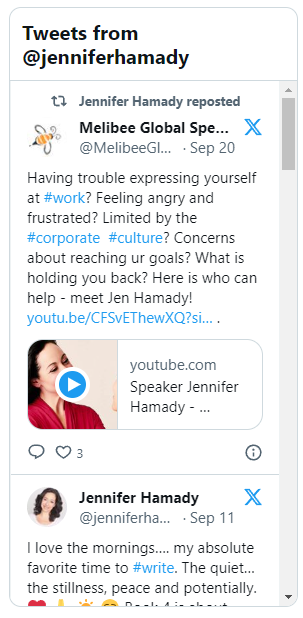As the discussion of the three issues together was rather long, I’ve divided them into separate articles. Click the following to read the next ones, on Pitch and Pressures and Preferences in Learning.
Issue #1 Phrasing: Energy and Vocal Drop Off
Her first singer has a beautiful instrument that checks most of the boxes when it comes to technique and delivery. Yet her voice tends to peter out at the end of longer, pre-chorus phrases.
At first glance, it may seem that this is a support or breath issue. And both are often factors, for sure. Yet in my experience, first focusing on the way we perceive the phrases themselves will generally resolve things.
When we think of a musical phrase, most of us think of a rainbow shaped arc. . . of an inspired beginning, an ascending middle, and a descending end. And of course, that’s how phrases are visually depicted in sheet music.
Yet while this may help us to stylistically conceptualize a certain sonic result, it doesn’t necessarily help us to physically create it.
To do that, we want less rainbow:
![]()
and more soccer goal.
![]()
No matter how you want a certain musical line to sound– especially those that become softer or more graceful toward the end of the phrase– your energy needs to be committed and consistent from start to absolute, not-until-the-very-last-moment, finish. You want to go from 0-100% right away, and sustain that full-on engagement until after you release.
Practice #1:
Here are a couple of ideas to help strengthen this association. Pick a line where you’ve found yourself losing energy or tightening as the phrase progresses. Or the last line in any verse or bridge, just before the chorus. No matter how you want the line to sound sonically or artistically in performance, play with the following:
- Make the last word or words longer. In other words, add a few beats to each in order to cultivate the experience of an extended and more sustained engagement in the phrase.
- Increase your volume as the phrase progresses, becoming loudest on the final word or words.
- Ascend tonally at the end of the line; either move up on the final few words, or add a few additional and higher notes at the end of the phrase.
All of these will help you to consider the line as requiring more energy as it goes along. And more important, they will give your body the experience of engaging that additional support. Practiced enough in these ways, when you return to the line as written, the necessary physical strength association should be in place.
Practice #2:
If you’re having trouble with the previous exercise, or are experiencing tension when working on any of the three suggestions, try this approach. Speak (not sing) the line, “It doesn’t mean anything.” Most of us, in English at least, drop the pitch and volume of the last word. And. . . our engagement stays consistent. Try it again and see if you notice what I’m talking about.
Now, say instead: “It doesn’t mean eh. . . “, deliberately ‘losing’ the last word on the second two syllables of ‘anything’. It’s unnatural, and even hard to do. Why? Because when we speak, with all manner of volume and inflection, we remain engaged. We stay vocally consistent– soccer goal, not rainbow. As it should be with singing.
As in Practice #1 above, pick a line in a song where you tend to drop off energetically. Or the last line of a verse or bridge just before the chorus of a song you’re working on. Again, setting aside thoughts about style for a moment, sing through the line as if the last word is the most important one of the song.
Even if it sounds musically unnatural, work it through this way a few times, focusing on your communicative intention rather than volume or technique. Your intention alone will create the increase in volume, intensity, and energy we’re looking for. Done correctly, your body will start to associate a greater amount of energy with the ending of the phrase, which– with practice– will remain in place when you return to your interpretation of the song.
Click the links to read Practical Tips on Pitch and Pressures and Preferences in Learning
Click Here to learn more about Working with Jennifer and Teacher Trainings

